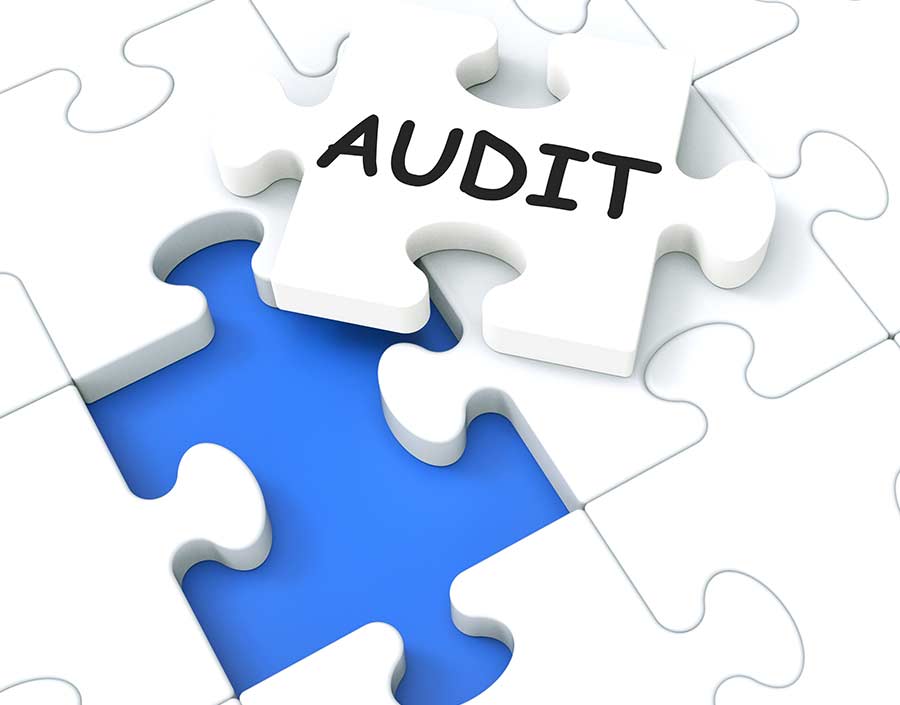Nothing sets off panic in the heart of a taxpayer quite like receiving official correspondence from the Internal Revenue Service. Images of being grilled by an IRS auditor in a dank office are sure to dance in your head. But if you do receive an envelope in the mail from the IRS, don’t panic. There are a variety of different types of notices related to your tax return that you could receive from the IRS, and it’s unlikely to be anywhere near as bad as your worst fears.
Examination Audit
The “traditional” or examination audit is the variety that people think of when they hear the term “IRS or Federal tax audit.” But even the examination audit, comparatively rare as it is, isn’t normally as bad as most people anticipate. Such an audit, at the individual taxpayer level, is ordinarily the product of a computerized search of tax returns that generates some kind of irregularity. It is worth remembering that receiving notice of an IRS examination audit doesn’t necessarily mean that you will be put through the ringer. It’s possible that you may even come out ahead following an audit, though most examination audits do result in an added expense to the person being audited.
While some examination audits can be conducted through the mail, it’s possible that you will be required to meet with an IRS auditor. You will ordinarily have a choice as to the location of the meeting and it’s recommended that you select a neutral site, such as the office of your accountant or tax attorney. If, at the end of the process, you disagree with the IRS determination of the audit, you will have the opportunity to appeal the finding.
Correspondence Audit
Correspondence audits are much more common than examination audits and have been used with increasing frequency by the IRS over the past six years. As with a traditional IRS audit, a correspondence audit is usually the result of a computer search of returns that generates a flag suggesting some incompatibility with common filing trends.
Notification of a correspondence audit will come in the form of either a Letter 566 or a CP 2000 notice. The Letter 566 is commonly referred to as an “initial contact letter” and will include information about which tax return items for which the IRS requires documentation to verify. The CP 2000 notice ordinarily includes suggested adjustments to the tax return based on documents from third parties—W2 forms, 1099 forms, etc. In many cases, simply supplying requested official tax documents to confirm reported expenses and deductions is all that is needed to satisfy a correspondence audit.
Adjustment Letter
An adjustment letter is correspondence from the IRS to inform taxpayers of additional taxes owed or some change in a refund amount. The most common reason for the issuance of an adjustment letter is simply to correct some kind of a miscalculation or typographical error that has resulted in a mistake. If you agree with the adjustments asserted by the IRS—and it’s always worth checking, because the IRS makes mistakes too—simply follow the instructions contained in the notice. If you feel the IRS has made an error in its adjustments, it will be necessary to contact the IRS—almost always in writing, by U.S. certified mail—to outline your challenge, including copies of documents to support your position.



Leave a Reply
You must be logged in to post a comment.